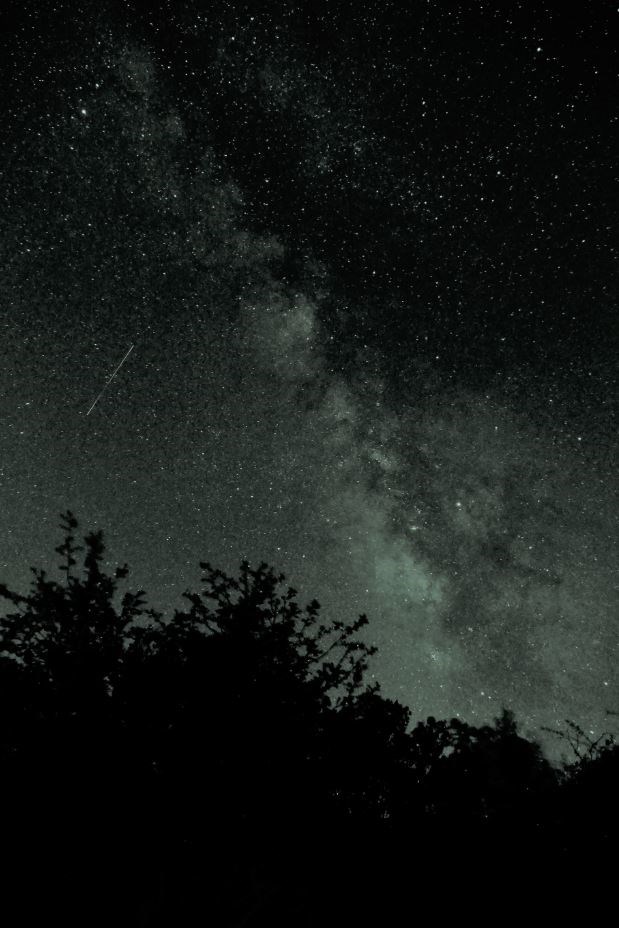
NPS/ C. Bubar Have you looked up lately and counted the stars? Chances are, if you live in or near a big city, you can only see a few of the millions of stars and planets that fill the night sky. Light pollution can obscure all but the very brightest stars, and most cities do not control excess or unnecessary night lighting. When you venture out into more uninhabited areas, the night sky comes alive with an uncountable number of stars. The Chiricahua Mountains are in an area of spectacular, dark night skies. Some of the world's largest telescopes are located on nearby mountains for just this reason.
Chiricahua National Monument is always open, so come experience dark night skies from Massai Point, Echo Canyon Trailhead, or even the campground. For really dark night skies, plan your visit to avoid the full moon. Check our calendar to see if any night sky programs will be happening when you visit.


Left image
Right image


Left image
Right image

NPS Natural Sounds & Night Skies Division |
Last updated: October 11, 2018
